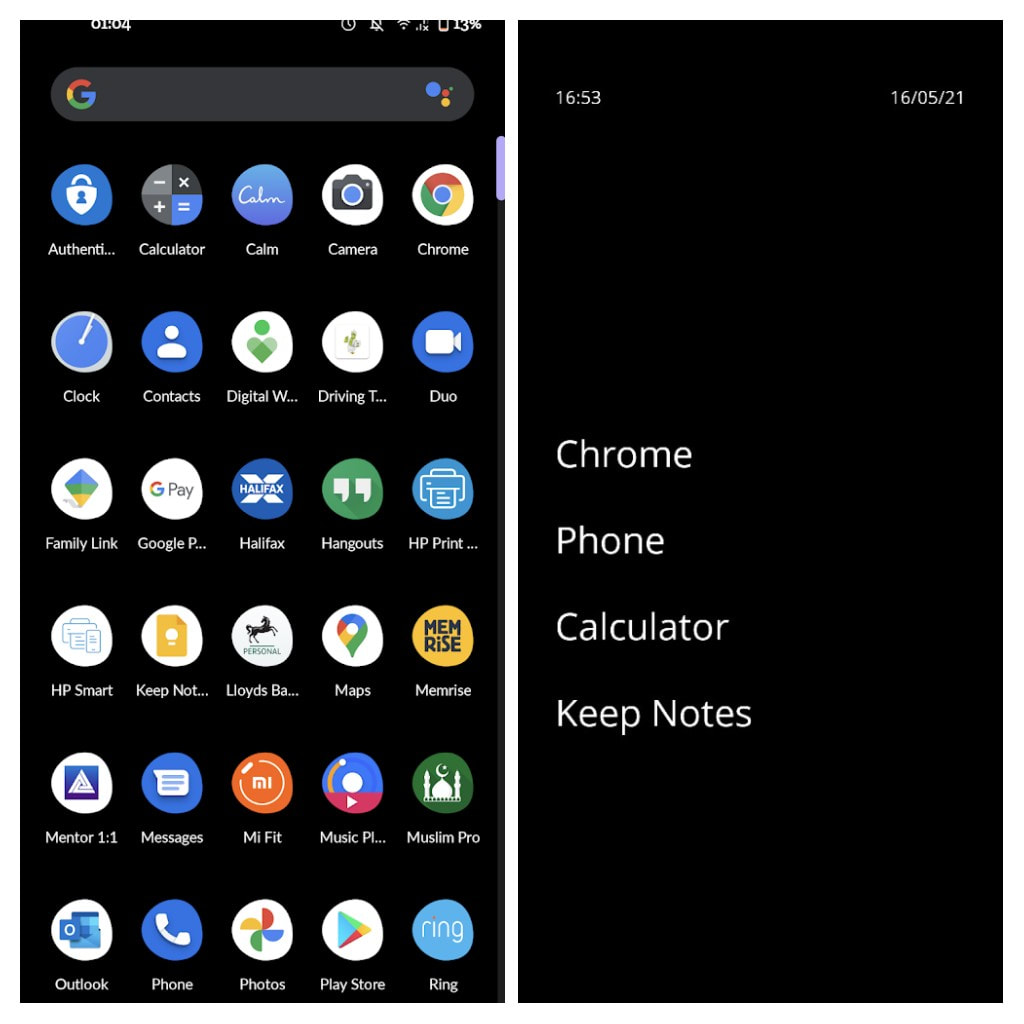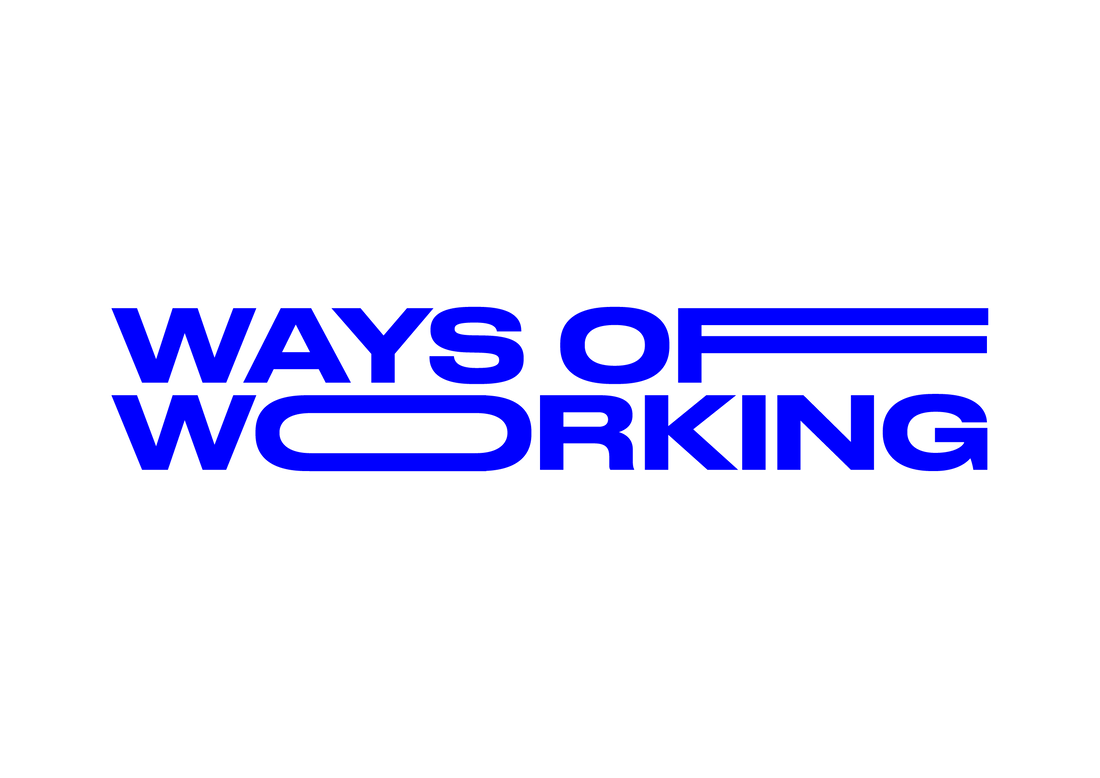|
The current pandemic leads to billions of citizens to encounter a distinct lifestyle, and the more I have been doing self quarantine the more I sense how my life, even the design I am doing is highly ralated, or to say depends on technologies.
It exert its best capacity that it prove their importance to human being and it is also presumed the COVID-19 could be a portal for human beings to get into a post-internet life. The other day when I was reading Peart's article ‘Automation Threatens to Make Graphic Designers Obsolete’ . He mentioned that artificial intelligence is tending to bring the multiple creative opportunities that eliminate the digital design process, which leads to the duty of a designer shift to, in his word ‘directing, selecting, and fine-tuning, rather than making.’ When some computational procedures are starting to be capable to develop as a designer, what left to the human designer is that to be a ‘conductor’, a ‘manager’ rather than a ‘musician’, an ‘executor’. This makes me ponder, what is the position of a graphic designer in 10 years? People have been saying it's crucial to train oursleves to be a T shape person, but in lights of designer's position might shifted from executor to conductor, should all the creatives be generalist in the future? Can data and algorithm replaced designer, to fulfil the whole process of the design, from coming up with idea and brief, to deliver results, without any external assistance? There is already existing automation called generative design is born that it releases designers from making from scratch. Generative design, by quoting chief technology officer of Autodesk Jeff Kowalski’ word, it is ‘a method of achieving results by sharing your goals, objectives and constraints with the computer, and partnering with it to explore the solution space before you commit to just one and take it through to manufacturing and delivery.’ This indicates the generative design is authorizing the ‘maker’ position to the computer, aiming at discovering the best design by algorithm showing designers the complete solution and enabling creators to navigate and explore what some of the trade-offs are before they pick one prematurely. Those facts make me realise the importance of mindset value, and the way of seeing the world. At my first year in LCC, I am quite frustrated that uni doesn't teach me enough 'skills' such as c4d, typeface design, and so on. But the more I think about it, the more I value the effort of making students to knowing what the society's need is and being more minded. Yuan.
1 Comment
Laia Pons Fernandez
|
Archives
December 2021
Categories |


 RSS Feed
RSS Feed
